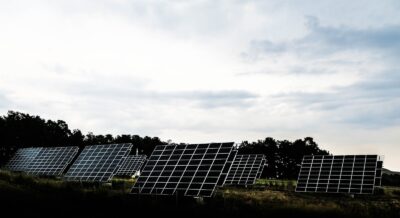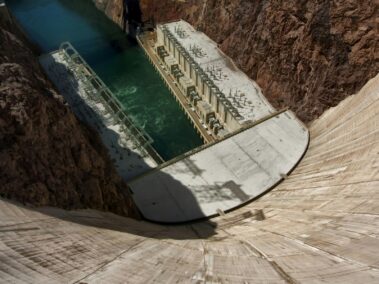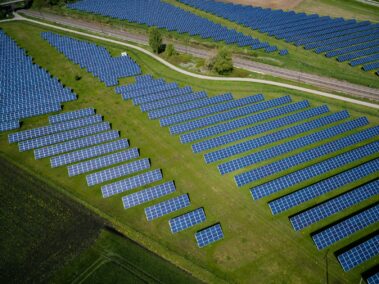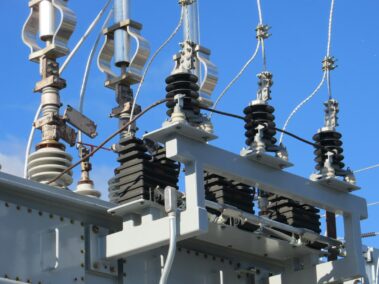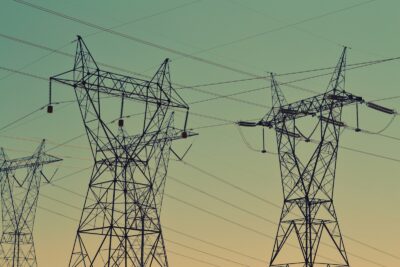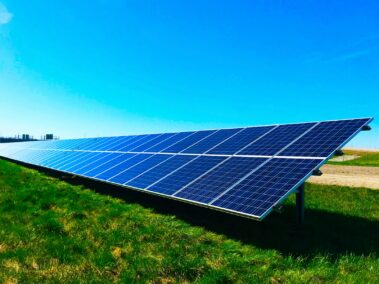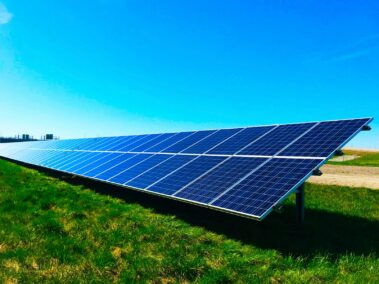Driving Sustainable Energy Solutions
Optimizing Renewable Energy Integration
The Role of AI in Predicting Renewable Energy Output: The integration of renewable energy sources into existing power grids is a critical step towards achieving energy sustainability goals. In regions like Saudi Arabia and the UAE, where vast solar and wind resources remain untapped, maximizing the efficiency of renewable energy generation is paramount for ensuring grid stability and reliability. Artificial Intelligence (AI) has emerged as a game-changer in this endeavor, offering advanced predictive capabilities that enable energy operators to anticipate fluctuations in renewable energy output with unprecedented accuracy.
AI algorithms analyze vast datasets encompassing weather patterns, solar radiation levels, wind speeds, and historical energy production data to forecast renewable energy output in real-time. By leveraging machine learning techniques, these predictive models continuously learn and adapt to changing environmental conditions, enhancing their predictive accuracy over time. As a result, energy operators can proactively adjust grid operations, optimize energy dispatch strategies, and mitigate the impact of variable renewable energy generation on grid stability.
Empowering Grid Operators with AI Insights
The adoption of AI-driven predictive analytics tools empowers grid operators to make informed decisions that enhance grid stability and resilience. In Riyadh, Dubai, and other urban centers experiencing rapid urbanization and industrial growth, the demand for electricity continues to rise, placing additional pressure on existing power infrastructure. By harnessing AI algorithms to forecast renewable energy output, grid operators can optimize resource allocation, schedule maintenance activities, and prevent potential grid disruptions caused by unforeseen energy imbalances.
Furthermore, AI enables proactive risk management by identifying potential vulnerabilities in the grid and recommending preemptive measures to mitigate system failures. From optimizing transmission line capacities to managing energy storage systems, AI-driven solutions offer a holistic approach to grid management, ensuring the reliable delivery of electricity to consumers while maximizing the utilization of renewable energy resources.
Facilitating the Transition to Sustainable Energy
In conclusion, the use of AI in predicting renewable energy output represents a significant milestone in the transition towards sustainable energy systems. By providing grid operators with actionable insights and predictive capabilities, AI technologies empower nations to accelerate their renewable energy adoption efforts while maintaining grid stability and reliability. As Saudi Arabia, the UAE, and other countries continue to invest in renewable energy infrastructure, the integration of AI-driven solutions will play a pivotal role in shaping the future of energy generation and distribution.
As we navigate the complexities of energy transition, AI emerges as a powerful ally, driving innovation, efficiency, and sustainability across the energy landscape. By leveraging the transformative potential of AI, nations can build resilient energy systems that meet the needs of today while safeguarding the planet for future generations.
Optimizing Energy Storage and Distribution
AI’s impact extends beyond predicting renewable energy output; it also revolutionizes energy storage and distribution. In regions like Saudi Arabia and the UAE, where extreme weather conditions and fluctuating demand patterns pose challenges to grid stability, efficient energy storage solutions are essential. AI algorithms analyze historical energy consumption data, weather forecasts, and grid performance metrics to optimize energy storage systems’ operation. By dynamically adjusting charging and discharging schedules based on predicted energy demand and renewable energy availability, AI ensures optimal utilization of energy storage resources, thereby enhancing grid stability and reliability.
Unlocking Economic Opportunities through AI
The deployment of AI-driven solutions in the renewable energy sector not only contributes to environmental sustainability but also unlocks significant economic opportunities. In Saudi Arabia and the UAE, where diversifying the economy and promoting innovation are key priorities, investments in AI technology foster job creation, entrepreneurship, and technological advancements. As companies specializing in AI development and renewable energy solutions emerge, they stimulate economic growth, attract foreign investment, and position the region as a global leader in sustainable technology innovation. Moreover, AI-driven improvements in grid stability and energy efficiency reduce operational costs for utilities, translating into savings for consumers and businesses alike.
Collaborative Innovation for Sustainable Development
As the world collectively addresses the challenges of climate change and energy transition, collaborative innovation becomes paramount for achieving sustainable development goals. In Saudi Arabia, the UAE, and other Gulf Cooperation Council (GCC) countries, partnerships between government agencies, research institutions, and private enterprises drive innovation in renewable energy and AI technologies. By fostering knowledge exchange, funding research initiatives, and incentivizing technology adoption, these collaborations accelerate the pace of innovation and facilitate the transition to a low-carbon economy. Through joint efforts and shared expertise, stakeholders pave the way for a greener, more resilient future, where AI-powered solutions play a central role in shaping a sustainable energy landscape.
#AI #renewableenergy #prediction #gridstability #technology #innovation #SaudiArabia #UAE #Riyadh #Dubai #sustainability




